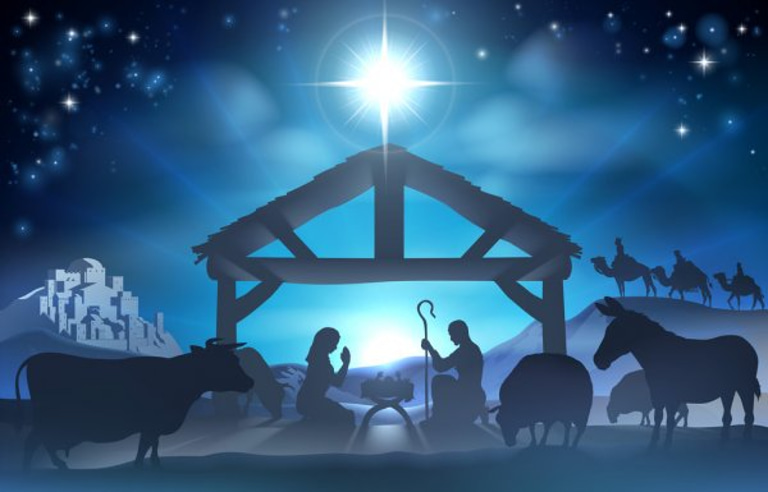Outdoor Nativity Sets: Weatherproof Materials & Care Guide
Learn how to choose a weatherproof nativity set for your outdoor Christmas display. Get expert tips on materials, UV resistance, and winter durability to keep your scene beautiful year after year!
8/23/20256 min read
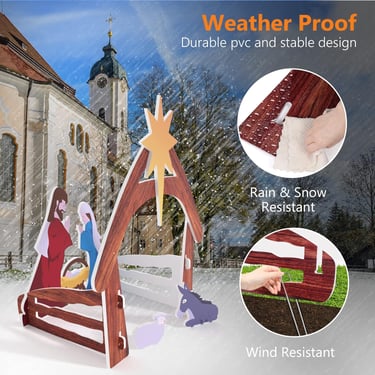

FAQ: Outdoor Nativity Sets – Weatherproof Materials & Care
1. What materials are best for weatherproof outdoor nativity sets?
Resin is ideal for durability, UV resistance, and detail. PVC/plastic works for budget or temporary displays but may become brittle in harsh winters. Metal is very durable and heavy but less traditional. Wood offers natural charm but requires regular sealing and maintenance.
2. How can I protect my outdoor nativity set from weather damage?
Look for UV-resistant coatings, waterproof sealants, and stable anchoring options. Position sets in sheltered spots, apply outdoor-rated sprays, and bring delicate pieces indoors during severe weather for best protection.
3. What maintenance is needed to keep outdoor nativity sets looking good year after year?
Clean regularly with mild soap and water, store in a dry, temperature-controlled place off-season, reseal wood annually, and secure figurines to prevent wind damage. These steps extend the life and beauty of your display.

Introduction
Ready to find the perfect outdoor nativity set that looks stunning and lasts through every season? Weatherproofing is essential to keep your Christmas display shining year after year—whether it’s blazing sun, heavy snow, or strong winds. In this guide, I’ll break down the pros and cons of popular materials and highlight must-have features to help your nativity scene stand strong come rain or shine.
Common Weatherproof Materials for Outdoor Nativity Sets
Choosing the right material for your outdoor nativity set is crucial—because nothing kills the Christmas spirit faster than a cracked, faded, or soggy display. Over the years, I’ve learned to appreciate the strengths and quirks of different materials, and I want to share the practical truths with you.
Resin
Resin is often my go-to recommendation for a balance of durability and detail. These figures are molded from tough plastic and usually hand-painted, giving you beautiful, lifelike scenes without the fragility of ceramic or porcelain. With built-in UV protection, resin resists cracking, chipping, and fading even under relentless sun. Plus, it’s surprisingly lightweight—meaning it won’t topple easily in wind, but still sturdy enough to handle rain. Cleaning? A quick wipe with a damp cloth usually does the trick.
PVC and Plastic
PVC and generic plastics are the budget-friendly workhorses of outdoor nativity sets. They’re lightweight and often UV-treated to prevent sun damage, though I’ve seen cheaper variants become brittle after harsh winters. Because of this, I’d avoid using them for larger or more intricate figures. But for smaller characters or temporary displays, they’re a practical choice, especially if you want something easy to store and move.
Metal
If you’re looking for something that screams durability, metal nativity sets are impressive. Powder-coated steel or aluminum resists rust and weather if properly finished. These are usually heavier, which helps them stay put during storms or strong gusts. Silhouette sets often use metal frames for their clean lines and resilience. On the downside, metal can feel cold and less inviting compared to more traditional materials—but for a minimalist or modern look, it’s spot on.
Wood (with Sealant)
Ah, wood—there’s something about the natural warmth and texture that really captures the spirit of the season. But outdoor wood is a commitment. Without proper sealing or treatment against water, mold, and insects, wood can quickly deteriorate. I’ve had to regularly sand and reseal wooden figures to keep them looking fresh. Still, if you enjoy hands-on maintenance and want that authentic, rustic vibe, wood can be absolutely stunning. Just make sure you’re prepared for some seasonal TLC.
Choosing the right material depends on your climate, how much upkeep you want to do, and the style you’re going for. For a blend of durability and beauty, resin often wins my vote. For budget or DIY, PVC can be a solid starting point. And if you crave tradition, wood brings unmatched character—just don’t forget the sealant!
For deeper dives on material care, check out This Old House’s guide on outdoor wood maintenance and The Spruce’s rundown on outdoor plastics.
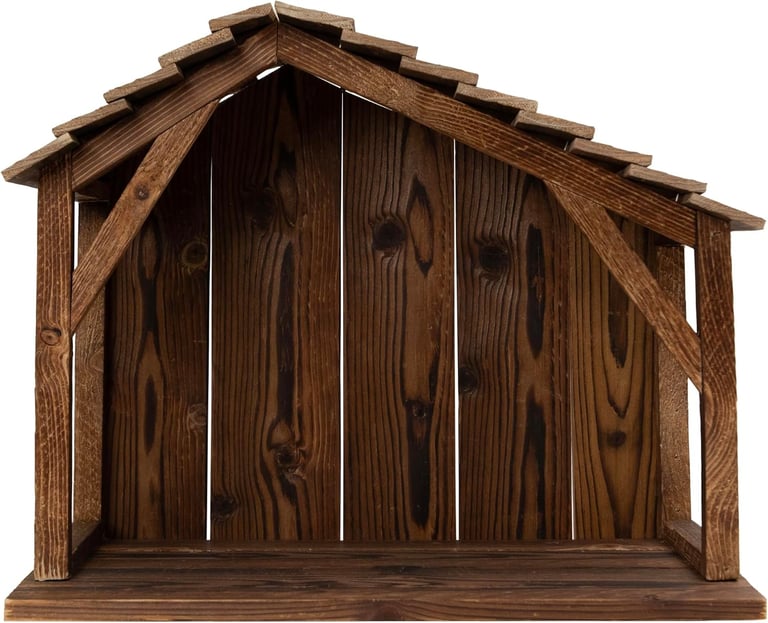

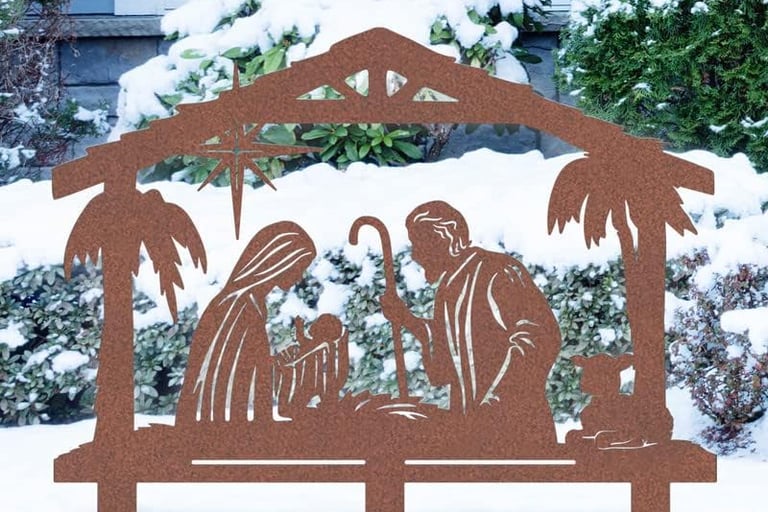

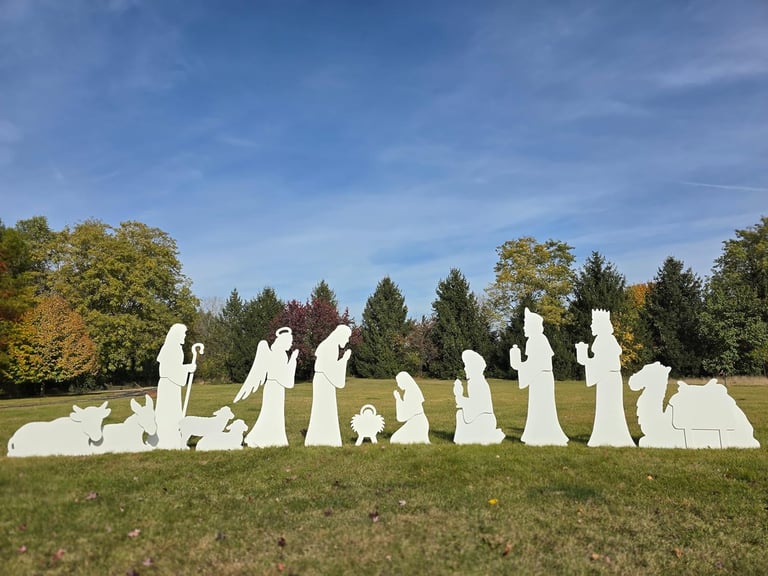

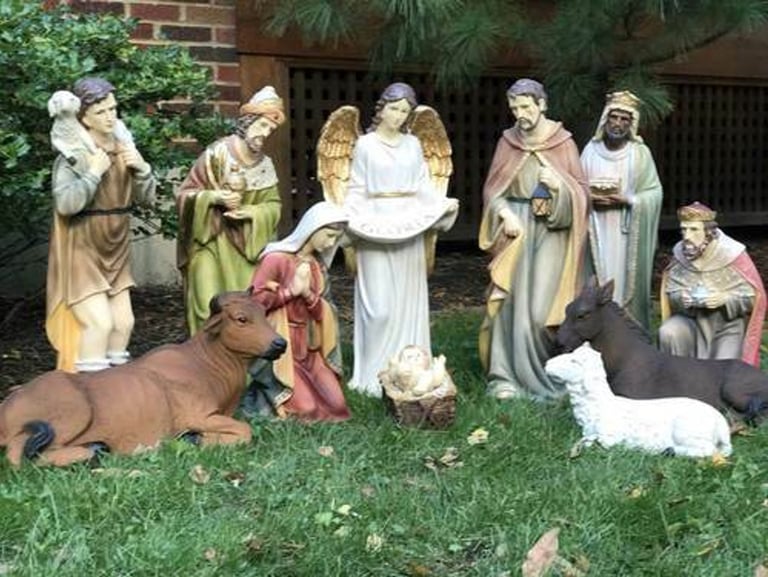

What to Look for in Weather Protection Features
When it comes to outdoor nativity sets, weather protection isn’t just a bonus—it’s absolutely essential. I’ve seen more than a few beautiful displays ruined by overlooked weather damage, so here’s what I always check before buying or setting up:
UV Resistance:
The sun can be relentless. Without UV-resistant coatings, colors fade fast, and plastic or resin can crack over time. If your nativity set will face direct sunlight for hours daily, UV protection isn’t negotiable. Look for products that specifically advertise fade-proof or UV-blocking finishes.Waterproofing and Sealants:
Rain and snow introduce moisture that can warp wood, cause metal to rust, or lead to mold growth. Waterproofing treatments or factory-applied sealants protect your set from these risks. If you’re working with wood or porous materials, reapplying sealants annually can make all the difference. I personally use marine-grade sealant on wooden pieces, which has held up through several winters.Wind Durability:
A pretty set won’t matter much if it blows away at the first gust. Check that your nativity comes with stable bases or the ability to be securely anchored. Stake holes, tether points, or weighted bottoms help keep your display grounded. I once lost a plastic shepherd to a surprise storm—lesson learned, always anchor!Snow and Ice Resistance:
Freezing temperatures can make some materials brittle and prone to cracking. Ideally, choose nativity sets with coatings or materials rated for cold climates. Some plastics and resins can become fragile in extreme cold, so if you live where winters are harsh, double-check manufacturer specs.Maintenance Tips:
How you care for your set between seasons matters just as much as the materials. Regular cleaning—usually with mild soap and water—removes dirt and prevents buildup that can degrade finishes. When winter’s over, store your nativity in a dry, temperature-controlled spot, ideally wrapped or in a sturdy container to avoid moisture and pests. This simple routine can easily extend your set’s life by years.
Investing in weatherproofing is investing in peace of mind—and a nativity scene that can delight your family and neighbors year after year.
Additional Tips for Weatherproofing Your Nativity Set
From personal experience, weatherproofing isn’t just about what the manufacturer does—it’s also about how you protect and care for your nativity display. Here are some practical steps that have saved me headaches and preserved my sets through tough seasons:
Use Outdoor-Rated Paints or Sprays:
Applying a clear outdoor sealant or weatherproof spray adds an extra shield against moisture and UV damage. I usually pick a high-quality, waterproof acrylic spray—just a couple of light coats can make a big difference. Brands like Rust-Oleum have durable outdoor options worth checking out.Position in Sheltered Locations:
Whenever possible, place your nativity scene where it gets some natural cover—porches, under roof eaves, or near shrubbery can block harsh rain, wind, and direct sunlight. I’ve found that even partial shelter extends the life of delicate wood or painted finishes.Secure Figurines with Stakes or Heavy Bases:
Wind can be unpredictable, especially in open yards. Using ground stakes, tent pegs, or weighted bases to anchor each piece has been a game changer for me. It prevents tipping and damage, especially when you’ve got multiple small figurines arranged close together.
Cover or Bring Inside During Severe Weather:
If a serious storm or heavy snowfall is forecast, don’t hesitate to cover your nativity with a waterproof tarp or bring the more delicate pieces indoors. It might feel like a hassle, but a little extra effort before a storm can save hundreds in replacement costs—and heartache.
I’ve found that combining these tips with quality materials creates a display that lasts far beyond the holiday season.
Taking a little extra care means your nativity set won’t just look beautiful this Christmas—it’ll be ready to tell the story again year after year.
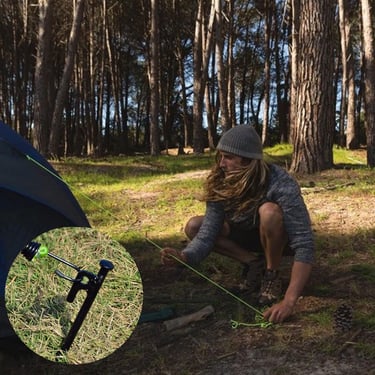

Conclusion
A weatherproof nativity set is an investment in your holiday traditions — one that can last for years with the right material and care. By choosing durable materials like resin, UV-protected plastic, powder-coated metal, or well-sealed wood, you ensure your outdoor display can withstand sun, snow, and wind. Keep maintenance in mind, and your nativity scene will be a beautiful, enduring part of your Christmas celebrations.
